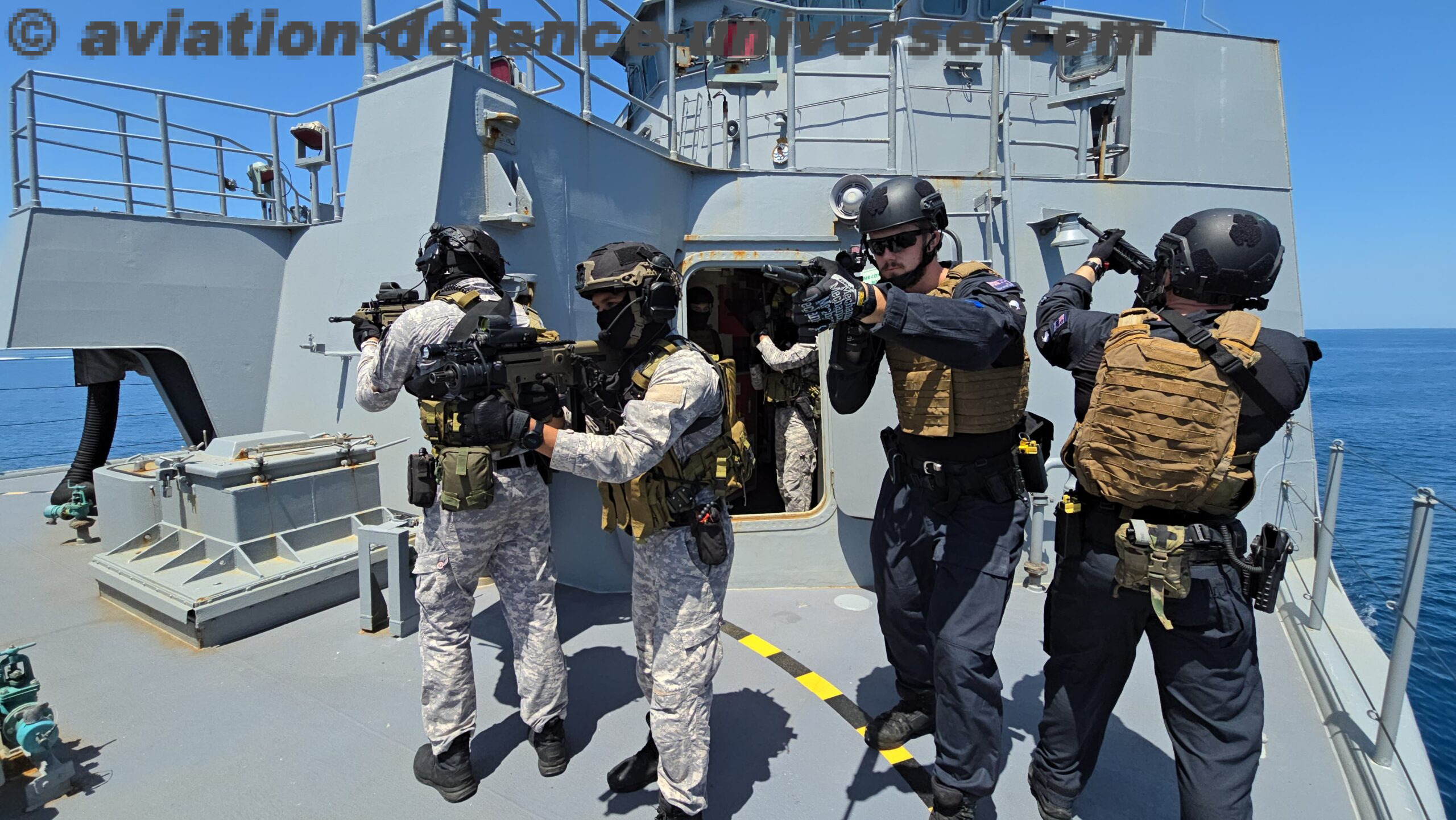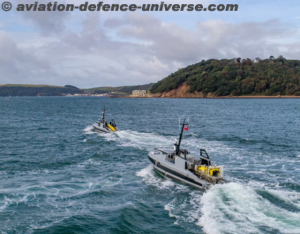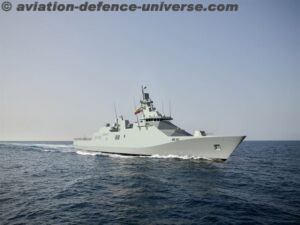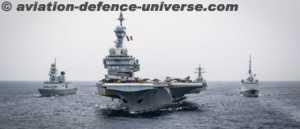Portsmouth. 22 May 2019. HMS Westminster is approaching the half-way point of a six-month mission to keep the Baltic secure with NATO.
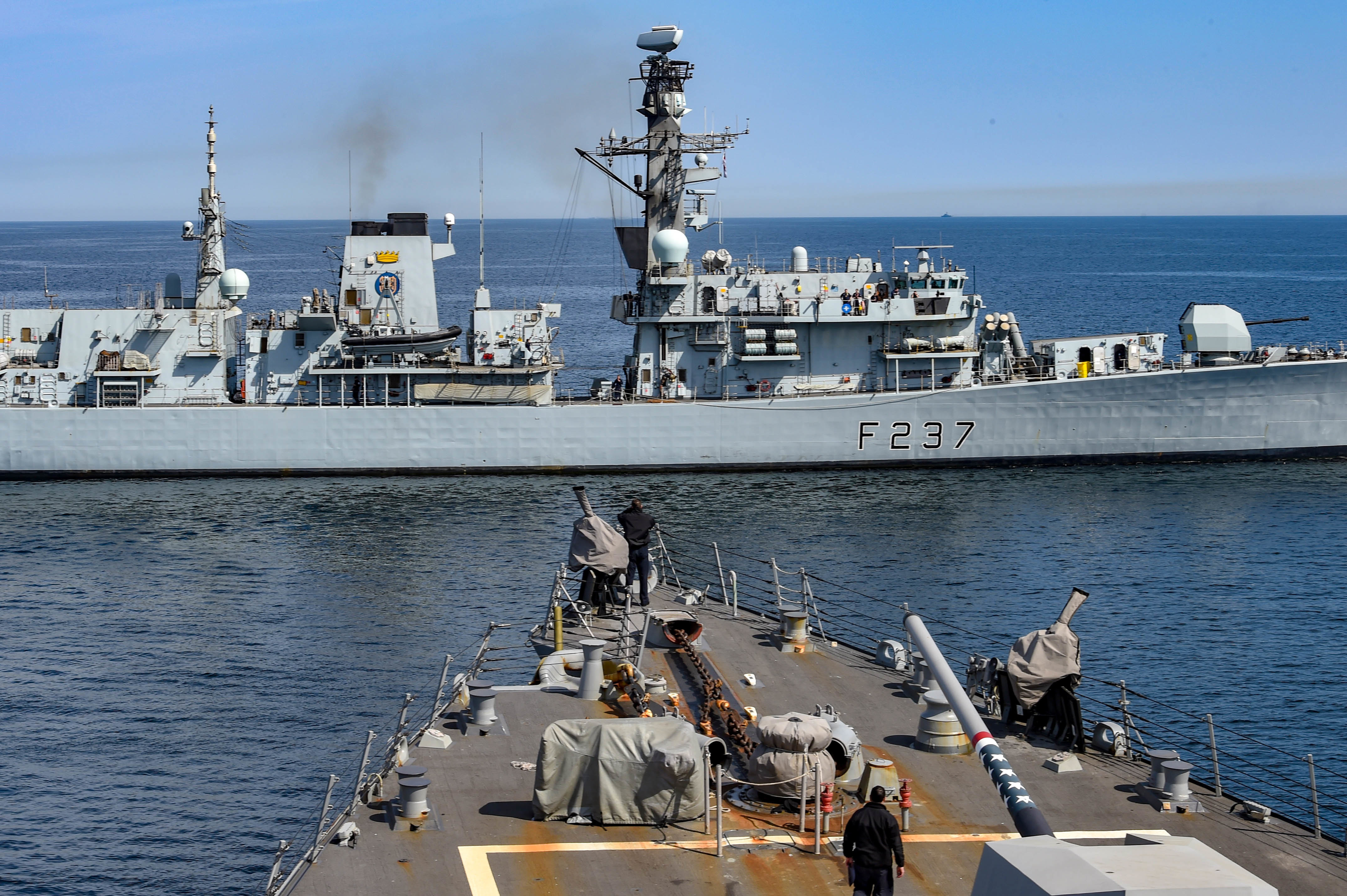
The Royal Navy frigate is spending the bulk of the spring and summer as part of a task group charged with keeping the waters safe and being ready at the drop of a hat to respond to any major incident – anything from disaster relief through to conflict.
Westminster is part of a seven-strong NATO force led by flagship American destroyer USS Gravely with Spanish frigate EPS Almirante Juan de Borbón, Turkish frigate TCG Gokova and her sister ship ORP Generał Kazimierz Pułaski (both are former US Perry-class warships), Denmark’s support/command/amphibious ship HDMS Absalon, and German tanker FGS Rhön keeping the fuel tanks of all topped up.
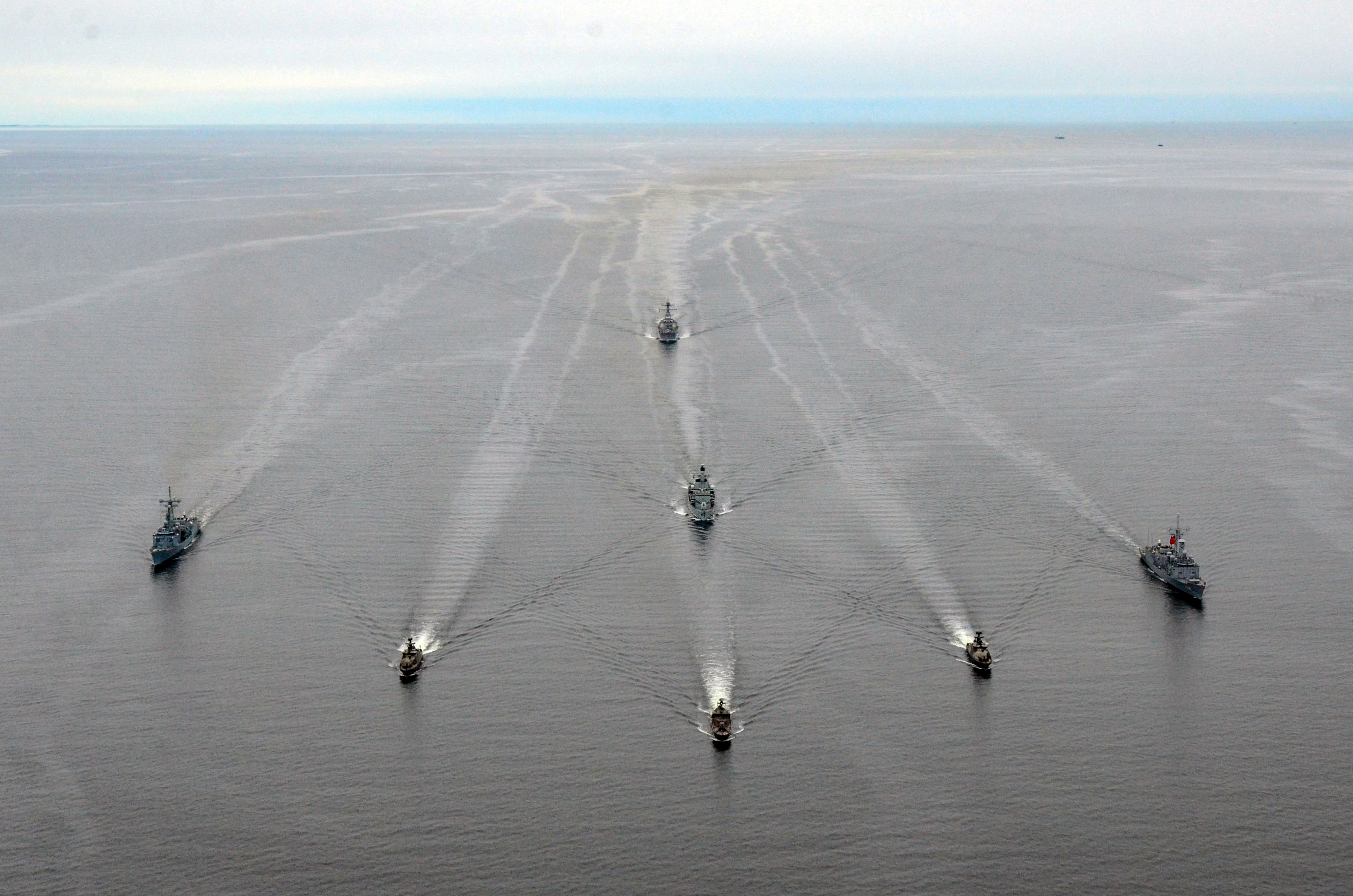
Group 1 is one of four task forces directed from NATO’s naval headquarters in Northwood, northwest London, where the Royal Navy’s Vice Admiral Keith Blount took over from Vice Admiral Sir Clive Johnstone just this week.
The group’s mission is to ensure the safety of all mariners and freedom of navigation in northern European waters – Baltic, North Sea, North Atlantic – demonstrate NATO’s collective resolve and generally fly the flag for the alliance, celebrating its 70th anniversary this year.
There was a time when NATO deployments might be seen as a succession of cocktail parties in foreign ports, interspersed with a spot of sailing.
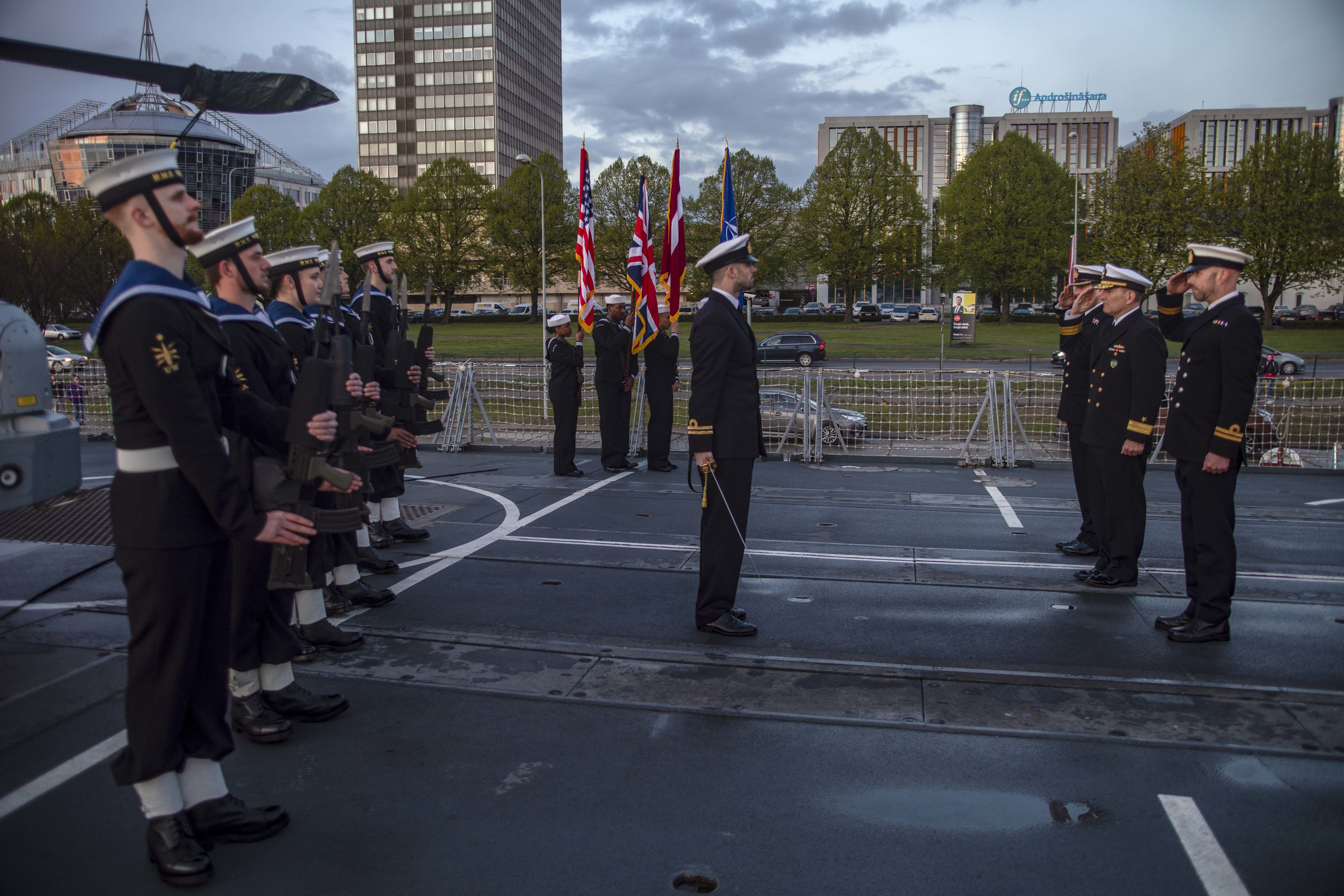
Definitely not in 2019: in two months, Westminster was pitchforked into 16 air defence exercises, 15 anti-submarine workouts and seven replenishments at sea.
The Portsmouth-based frigate joined the force in time for the first Joint Warrior exercise of 2019, involving more than 40 warships, 60 aircraft and over a dozen allied nations in north-west Scotland.
Since then, the group has focused the bulk of its time in the Baltic, linking up with that sea’s numerous native navies.
So there have been exercises with the Polish and Finnish fleets, and visits to the major ports in the region – Gdynia in Poland, Latvia’s capital Riga, Lithuania’s main port Klaipeda, Tallinn in Estonia and, across the Gulf of Finland, Helsinki in Finland.
“This deployment has already achieved a number of key milestones,” said Westminster’s Commanding Officer, Commander Will Paston.
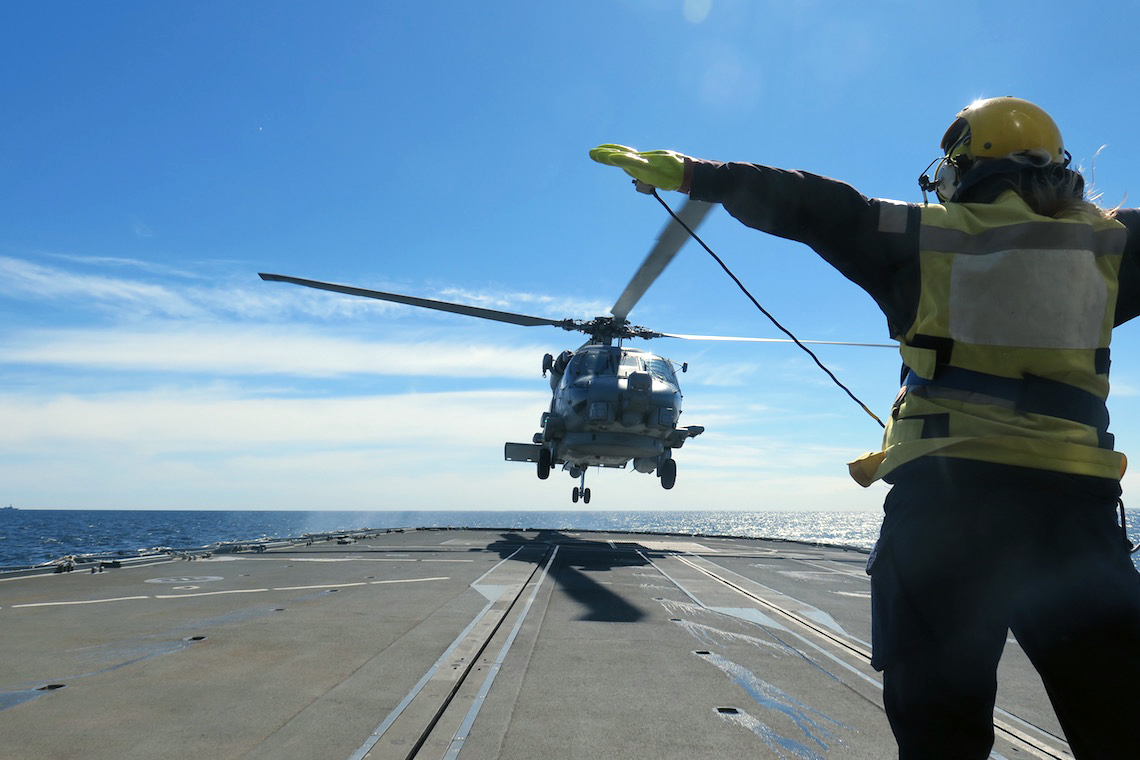
“It has been really rewarding working and operating in a NATO task group, collectively improving our understanding while at the same time demonstrating our commitment to the security in the Baltic region.”
His Operations Officer Lieutenant Commander Si Reeves added: “This has been invaluable training, bringing the task force together, as well as demonstrating our skills and integration within the Baltic.
“I’ve been really impressed with how quickly all the ships have begun to work together and we’re really displaying the value of a NATO task group now.”
One of the key elements of any NATO task group is to ‘cross pollinate’, dispersing sailors from different ships among the force so they experience life, routines and equipment on foreign warships, the idea being everyone better understands each other and works together seamlessly.
In Westminster’s case, her sailors have spent time with the Germans, Poles and Americans to date.
Westminster will remain with the NATO group until late summer, continuing exercises in the Baltic and North Atlantic designed to further hone the alliance’s abilities to react to a wide range of potential threats.



































